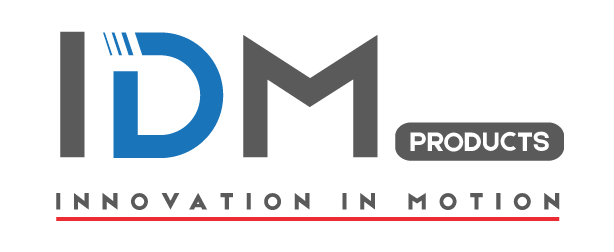In the fast-paced world of manufacturing and production, ensuring product quality and equipment reliability are paramount. However, traditional quality control and maintenance methods often fall short in detecting defects early or predicting equipment failures before they occur. Enter artificial intelligence (AI), a game-changer revolutionizing these critical processes through predictive maintenance algorithms and AI-powered quality control systems.
Gone are the days of reactive maintenance practices where equipment is repaired or replaced only after a breakdown occurs, leading to costly downtime and production losses. AI-driven predictive maintenance takes a proactive approach by analyzing real-time data from sensors, equipment logs, and historical maintenance records to forecast when equipment is likely to fail. By identifying potential issues in advance, maintenance can be scheduled during planned downtime, maximizing productivity and minimizing disruptions.
Moreover, AI-powered quality control systems have transformed the way defects are detected and addressed in manufacturing processes. Traditional quality control methods often rely on manual inspection, which is time-consuming, subjective, and prone to human error. In contrast, AI algorithms can analyze vast amounts of data from sensors, cameras, and production systems in real-time to detect even the smallest deviations from desired quality standards.
One of the key advantages of AI-powered quality control systems is their ability to adapt and learn over time. Machine learning algorithms can continuously improve their accuracy by analyzing feedback from previous inspections and adjusting detection criteria accordingly. This iterative process not only enhances the effectiveness of quality control but also enables manufacturers to identify and address root causes of defects, leading to long-term improvements in product quality.
Furthermore, AI-powered quality control systems can be integrated seamlessly into existing production lines, complementing human inspectors rather than replacing them. By automating repetitive and labor-intensive tasks, such as visual inspection and defect classification, AI frees up human workers to focus on more complex and value-added activities, such as process optimization and problem-solving.
The benefits of implementing AI-powered quality control and predictive maintenance are far-reaching. Beyond reducing downtime and improving product quality, these technologies also have significant implications for cost savings, resource efficiency, and customer satisfaction. Manufacturers can optimize their maintenance schedules, minimize inventory holding costs for spare parts, and deliver products that meet or exceed customer expectations consistently.
However, the adoption of AI in quality control and maintenance is not without its challenges. Data privacy and security concerns, the need for specialized technical expertise, and the upfront investment in infrastructure and training are among the factors that companies must consider. Additionally, cultural barriers and resistance to change within organizations can hinder the successful implementation of AI technologies.
Nevertheless, the potential benefits outweigh the challenges, making AI-powered quality control and predictive maintenance an indispensable tool for manufacturers looking to stay competitive in today’s rapidly evolving marketplace. By harnessing the power of AI to optimize equipment performance, detect defects early, and improve product quality, manufacturers can enhance their operational efficiency, drive innovation, and deliver value to customers like never before.
The era of AI-powered quality control and predictive maintenance represents a transformative shift in the manufacturing industry, unlocking new possibilities for efficiency, reliability, and quality. As technology continues to advance and AI capabilities evolve, manufacturers must embrace these innovations to thrive in an increasingly competitive global landscape. The future of manufacturing is here, and it’s powered by artificial intelligence.

